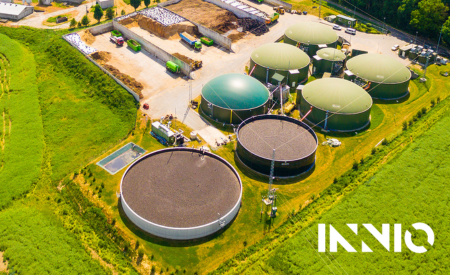Full invoice automation
Fully automate +90% of your invoices – regardless of source and format, even without a PO.
Sophisticated invoice-centric AI, trained on an unrivalled dataset of over 2.2Bn invoices, to deliver real ROI.
Our intelligent invoice automation combines the world’s most sophisticated rule-based invoice automation engine with our unique, invoice-centric AI – trained on the world’s largest data set. The result? A solution that will empower your team to automate, analyze, and act with confidence.


We have increased the level of automation and seen a dramatic decrease in processing errors thanks to the automatic matching of invoices using automated rules.
55% of finance leaders rank driving greater cost efficiencies as a top three goal in their finance transformation initiatives.
Many are aware that AI could help them achieve this. In fact, 75% are keen to increase their AI investments within the next 12-18 months. They just don’t know where to begin.
With lack of change management capabilities, budget constraints and difficulty proving ROI being just a few of the challenges CFOs cite as roadblocks on their AI transformation journey – it’s not easy to plan your route.
Let us help.
Fully automate +90% of your invoices – regardless of source and format, even without a PO.
Optimize cashflow and benefit from early payment discounts by processing invoices on the same day.
Capture every invoice electronically with 100% accuracy, eliminate time wasting on poor data quality from OCR.
Easily identify suspicious or fraudulent activity – protecting your bottom line.
Gain full visibility of invoice status and spend across your entire organization, enabling you to optimize your broader finance processes.
Ensure compliance with automated tax code handling and tax calculations. The AI codes your invoices, speeding up processing time and reducing human error.
Eliminate duplicate invoices and over-payments, ensuring accurate and efficient financial operations.

"By increasing the automation rate, we’ve been able to focus on more value-added activities. This has allowed us to prioritize discount payments, saving us millions of euros annually.”
Gergely Szappanos, Finance COE Lead at INNIO
Are you ready to see what AI can really do for your business? Embrace intelligent automation as a true driver for change and unlock new efficiencies in your finance processes.
The future of finance is here – let's make it work for you.
90%
manual tasks removed
<1 day
average processing time
+40k
invoices processed per FTE

The efficiency gains we achieved translated directly into tangible cost savings, paving the way for a rapid return on investment within just a few months.
Sophisticated invoice-centric AI, trained on an unrivalled dataset of over 2.2B invoices, delivering real ROI.
One system across the entire invoice lifecycle to consolidate systems, processes and simplify your business.
The world’s only end-to-end, dual-sided compliance engine for complete invoice lifecycle management.
Discover how you can apply intelligent automation across your entire invoice lifecycle. Get in touch.